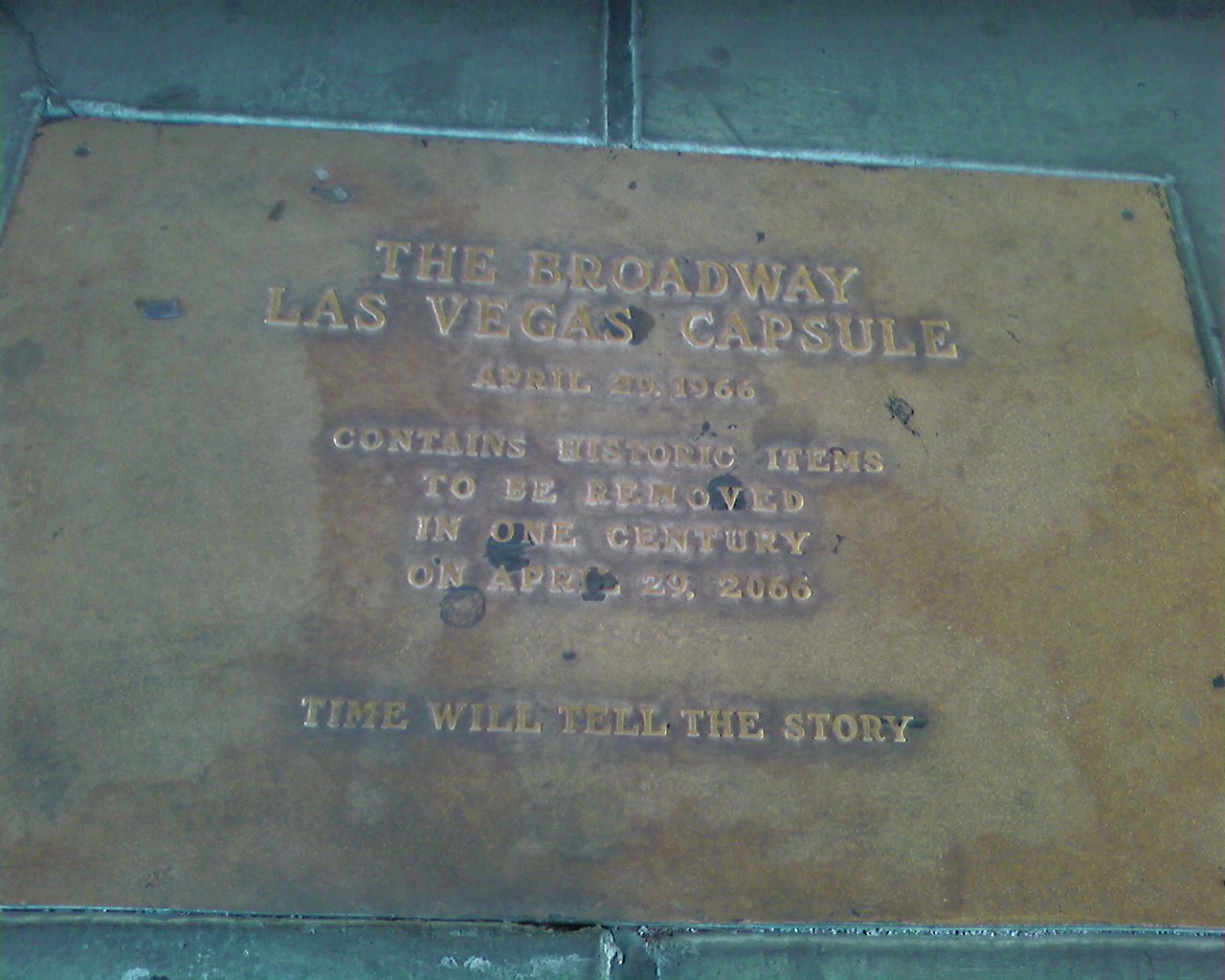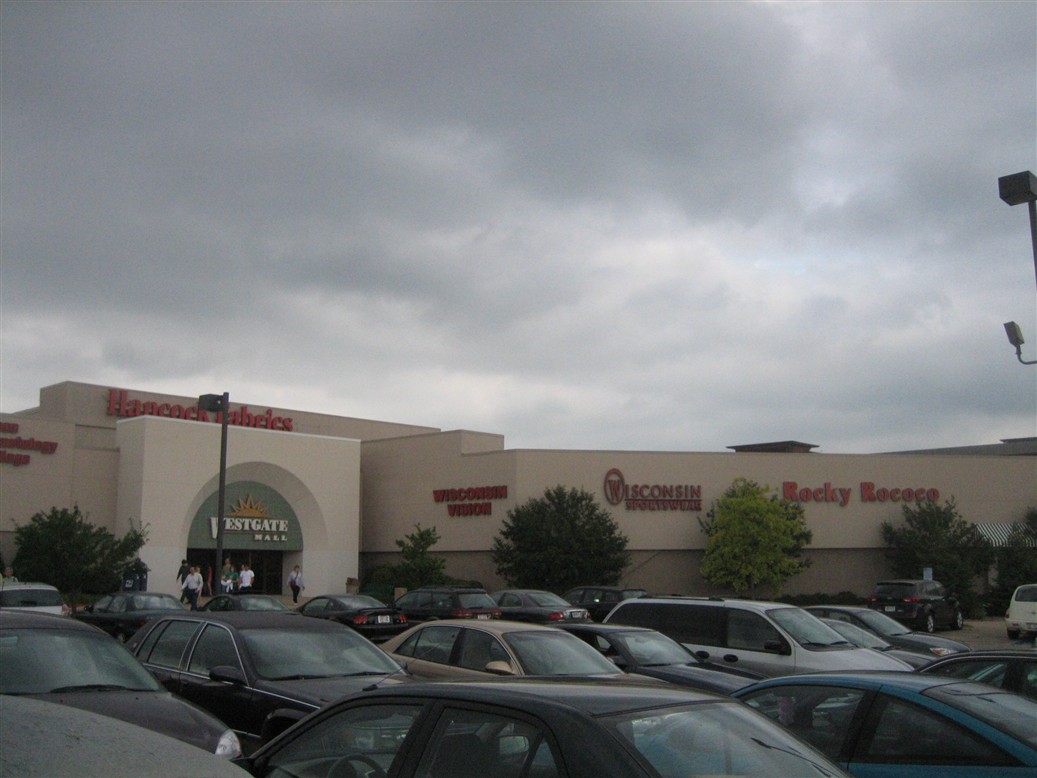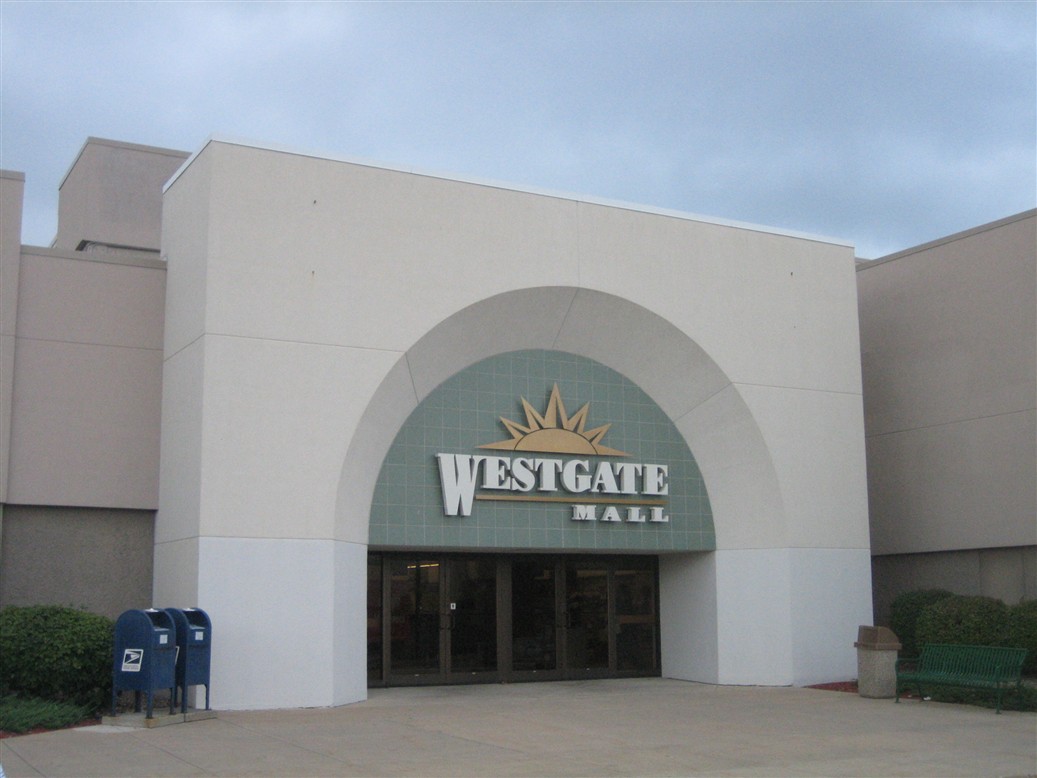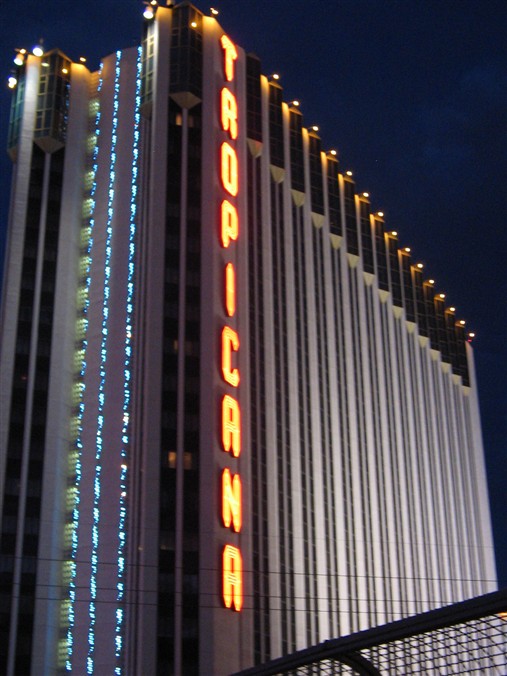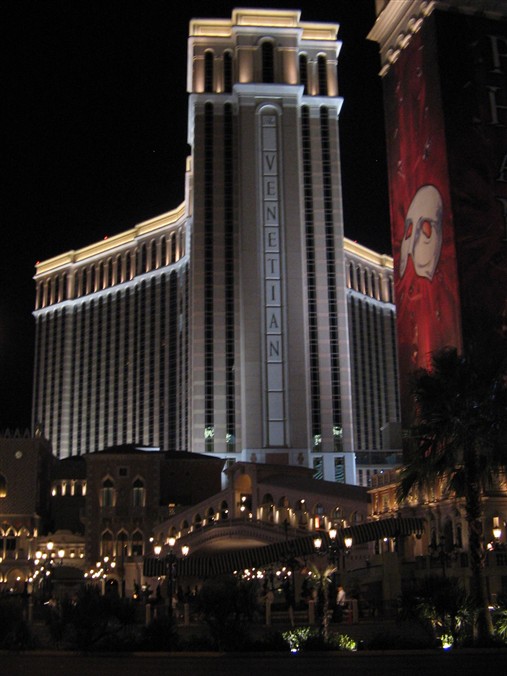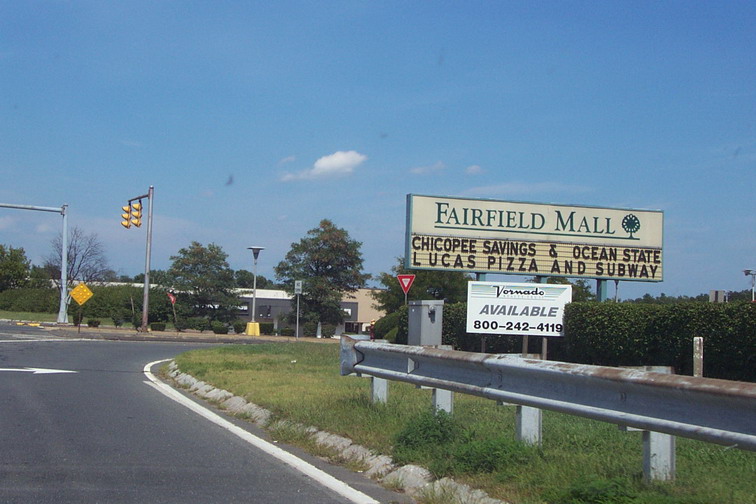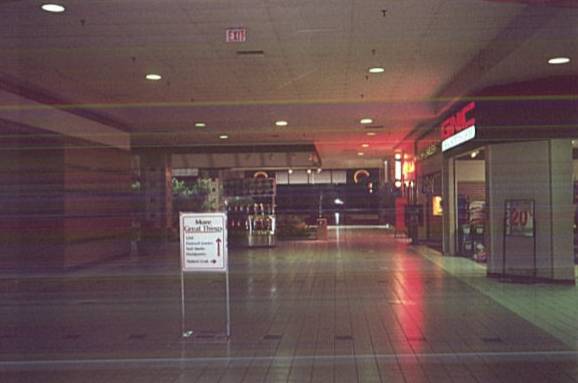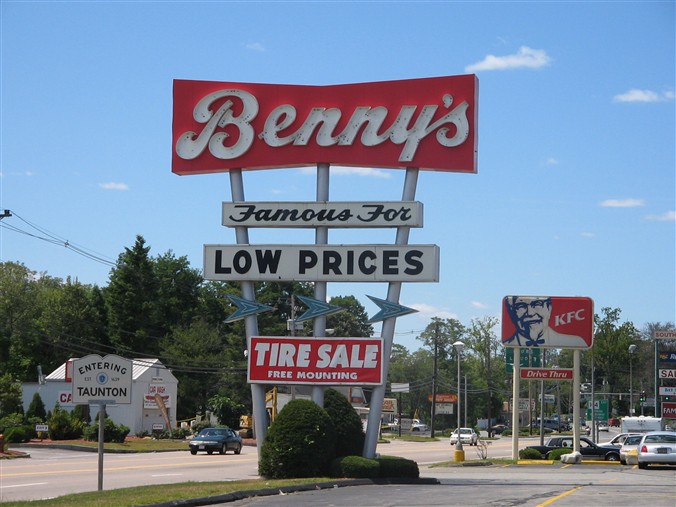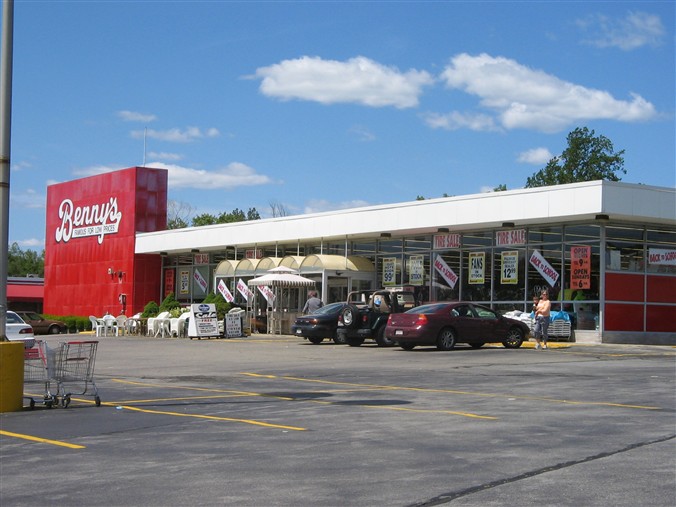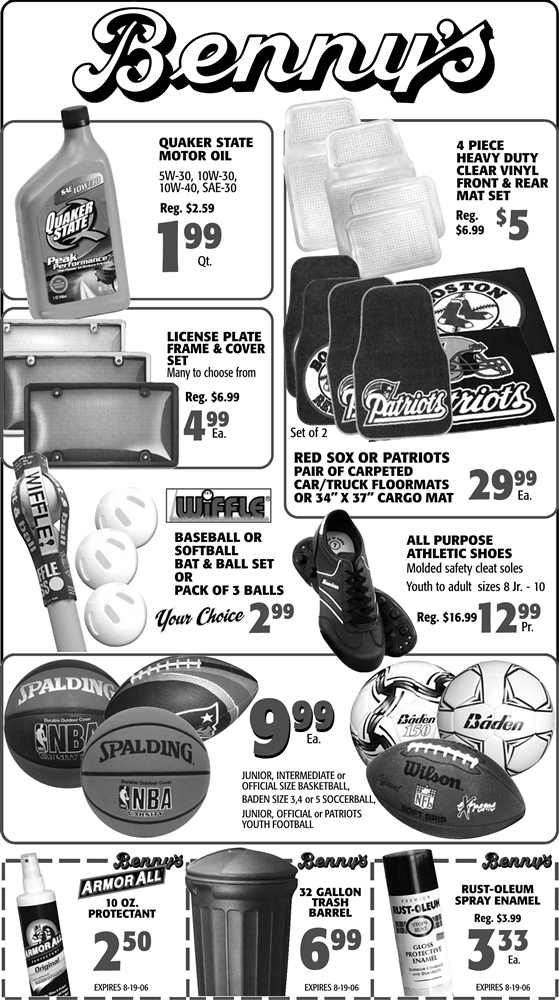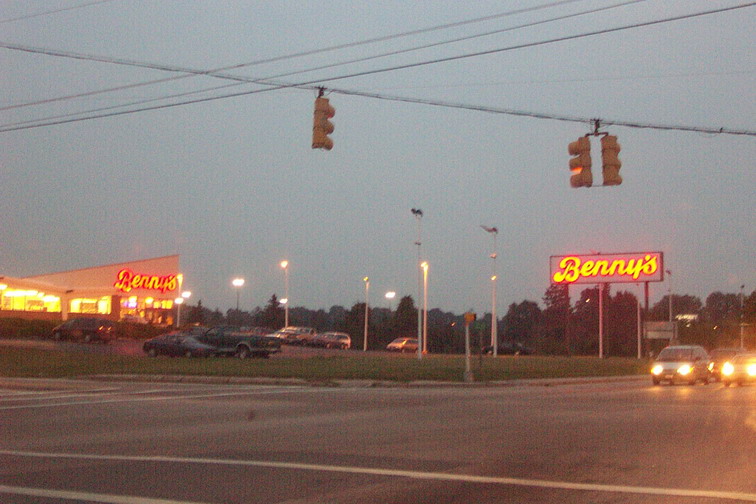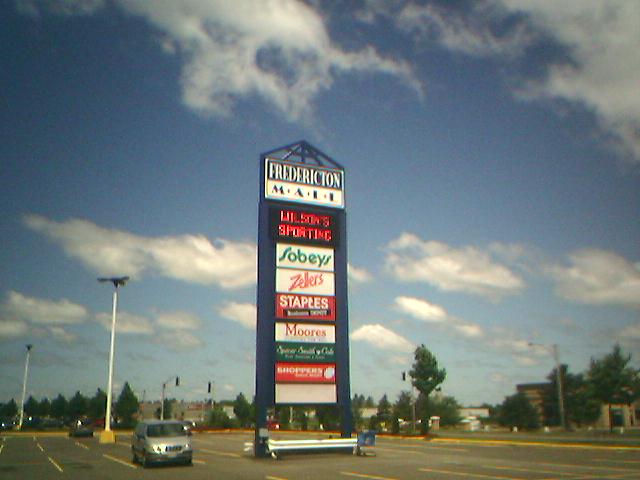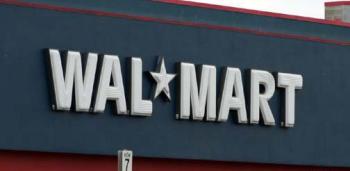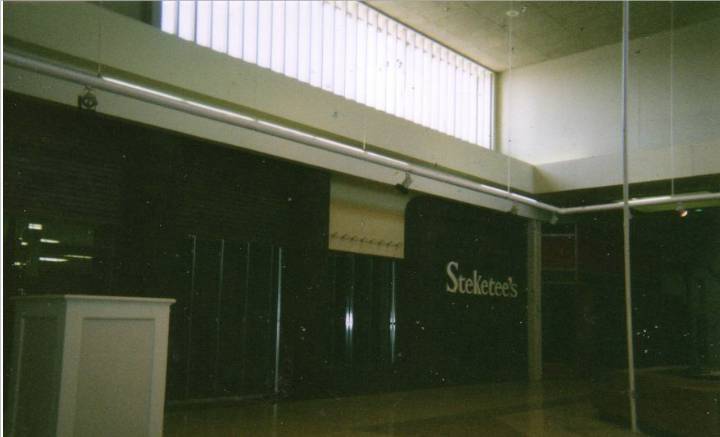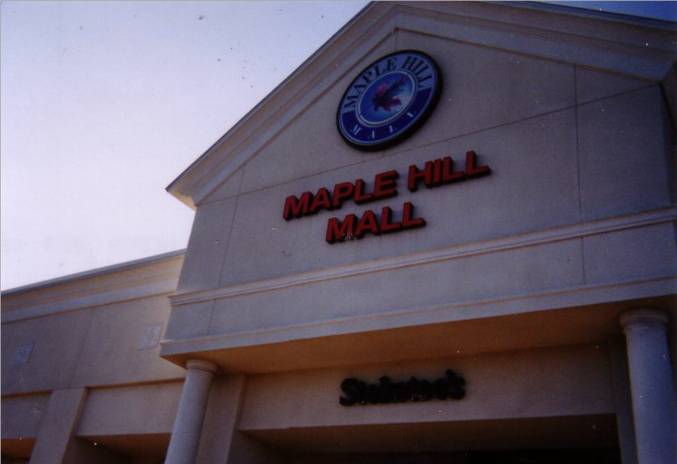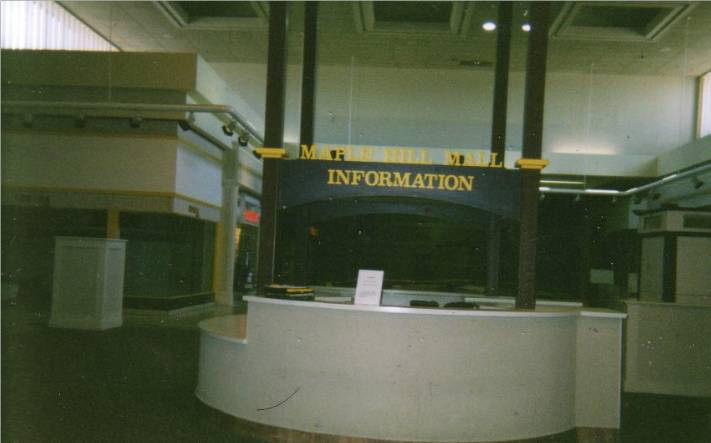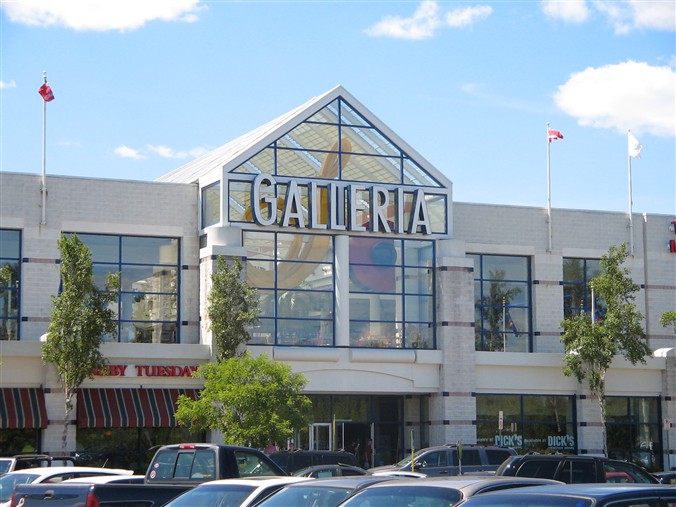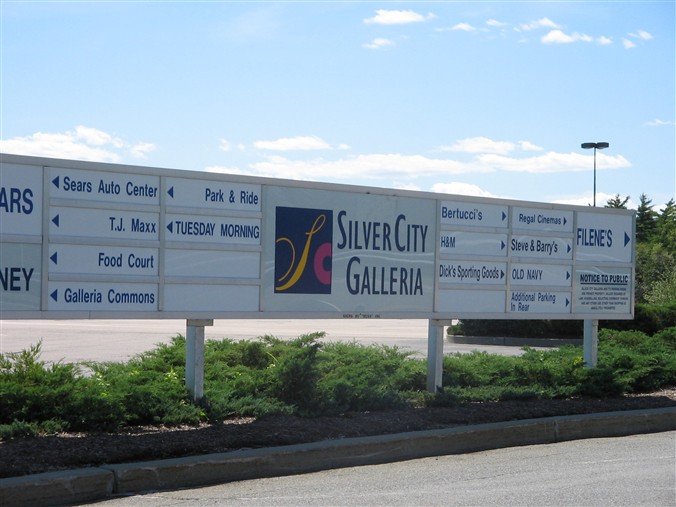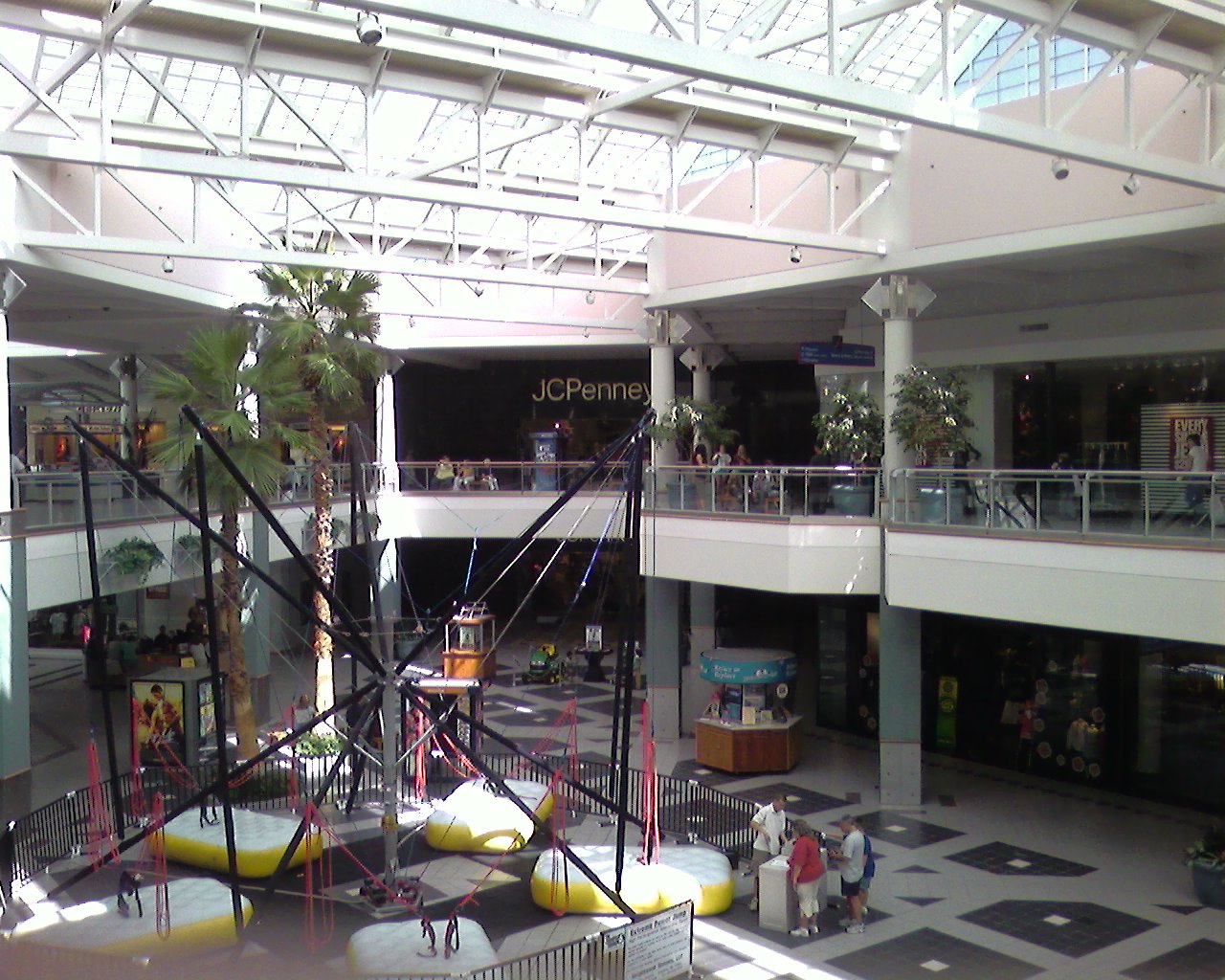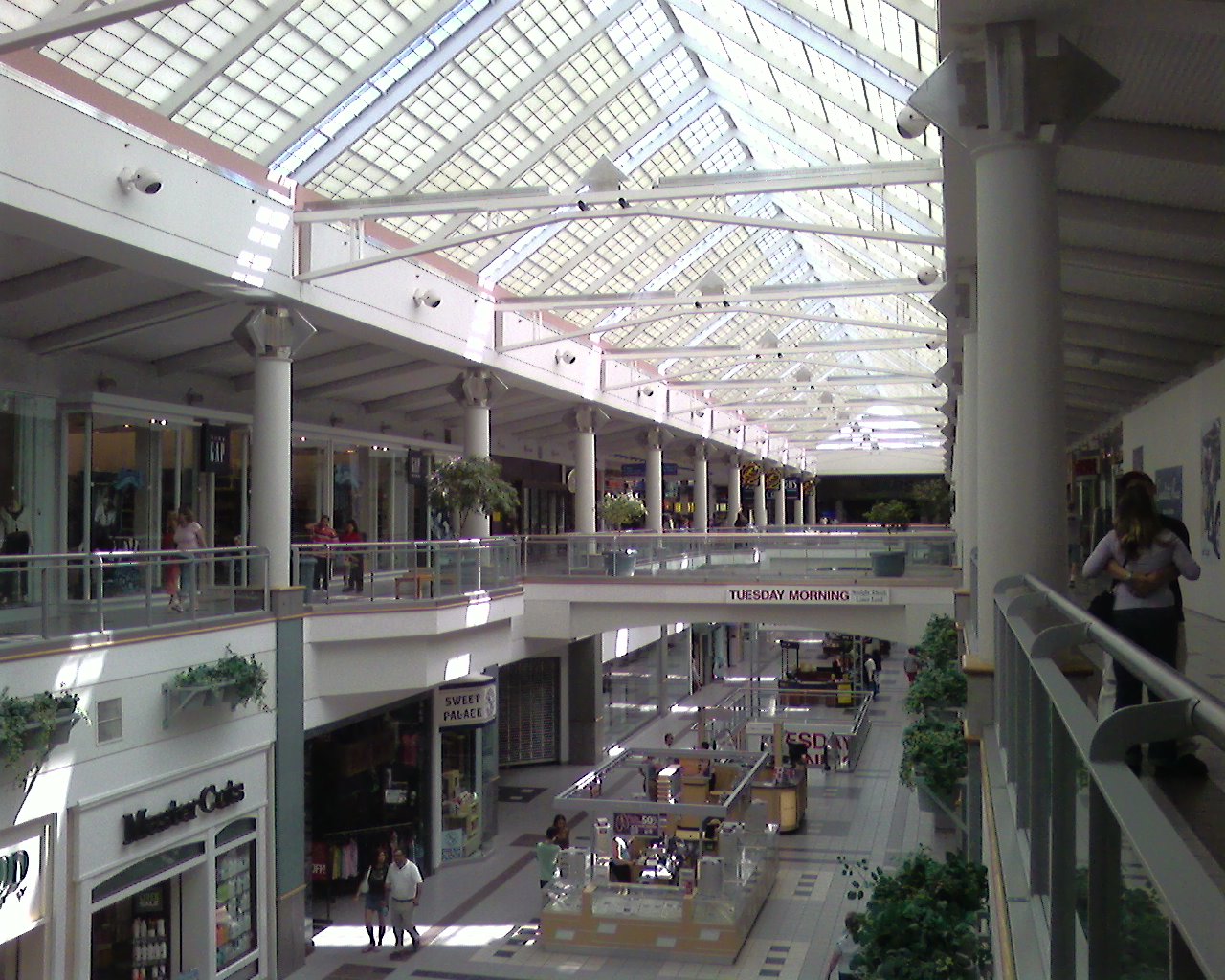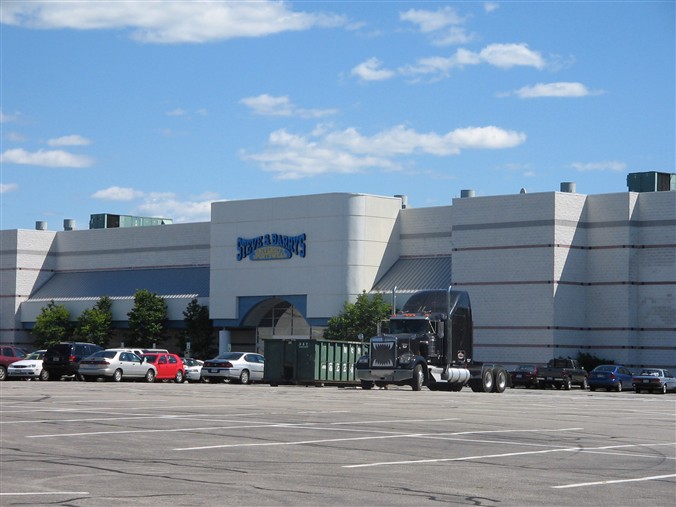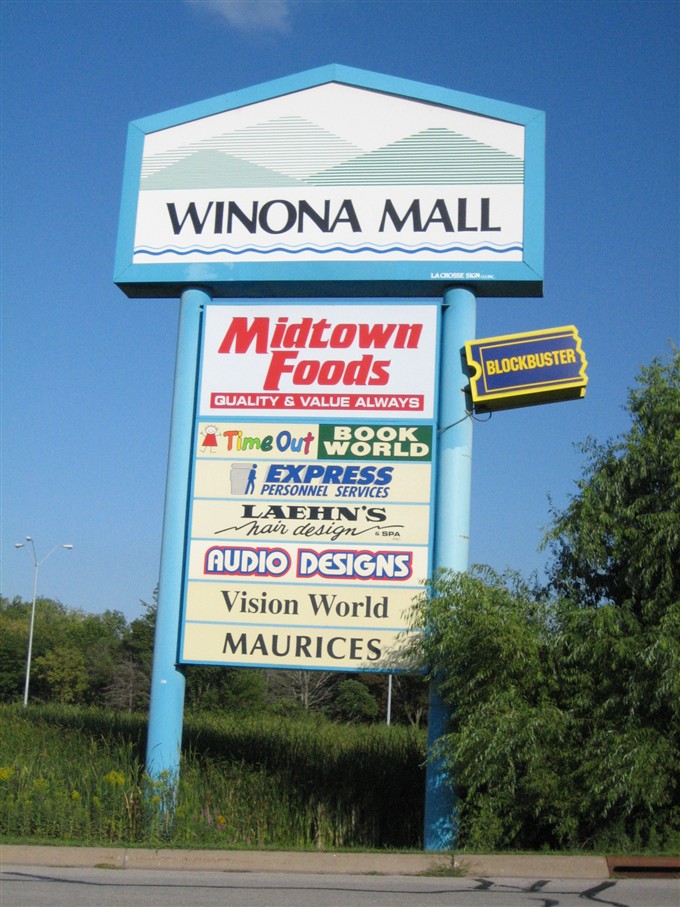 Winona Rocks! Well, at least that’s what someone at the University of Wisconsin was thinking as they scrawled that declaration into several rows of desks in a large chemistry lecture hall there. Very curious, I thought. What or who did they mean? Winona Ryder? Wynonna Judd? Maybe it was someone from Winona, Minnesota, who was proud of his or her town.
Winona Rocks! Well, at least that’s what someone at the University of Wisconsin was thinking as they scrawled that declaration into several rows of desks in a large chemistry lecture hall there. Very curious, I thought. What or who did they mean? Winona Ryder? Wynonna Judd? Maybe it was someone from Winona, Minnesota, who was proud of his or her town.
Regardless of what that cryptic scrawling meant, Winona, MN, actually does rock. It’s a small Mississippi River city of about 27,000 approximately 30 miles north of La Crosse, or about 100 miles downriver from the Twin Cities of Minneapolis and St. Paul. Most of the city itself actually lies on an island in the middle of the river, and the city is surrounded on all sides by giant bluffs which majestically tower some 500-1000 feet over town. The city’s downtown is full of shops and activity along the picturesque shores of the River.
Needless to say, Winona does not come up short in natural beauty. But, what else makes it rock? The small enclosed Winona Mall does, of course. Opened in 1966, the mall was part of a national trend or fad of relocating retail and central business districts from downtowns and into the periphery of American suburbia. Winona Mall is located along the busy retail corridor of Highway 61 on the west side of town. Winona Mall was originally anchored by Montgomery Ward, which I presume was in the space the grocery store currently occupies. When Wards left is a mystery to me, but I’d speculate it was quite a while ago and definitely not within the past ten years.
Now, Winona Mall isn’t large (or even medium-sized); it’s possibly one of the smaller malls we’ve featured here. Park Midwest realty, which manages Winona Mall’s leasing (pdf file), reports it is only 138,000 square feet. It felt a bit larger to me, but possibly because it only has one anchor space and it’s a grocery store. So, most of the 138,000 square feet is enclosed mall space. That space is set up like a rudimentary C, with the grocery store hinging off the side. It’s also important to note that although the mall only has the grocery store anchor attached, K-Mart is across the street.
The decor and marketing of Winona Mall also makes it rock. Throughout the small enclosed center, the ceiling is made up of very slanty, shiny, brass colored panels which makes it very unique, and very dated. In addition, the mall also prints directories, which is unusual for a mall this size (and quite cool). Also, the mall features one of the last original Two Plus Two stores, a chain much like Claire’s Accessories which operated in many of the malls of my childhood.
In the past several years, Winona Mall has experienced a renaissance of sorts. Faced with many vacancies and an unstable future, the mall’s leasing agent aggressively retenanted the mall and vacancy shot up from 50 to close to 80%.
Take a look at the pictures below. They were taken August 2006 by yours truly. As always, share anything you’d like about Winona Mall.
















